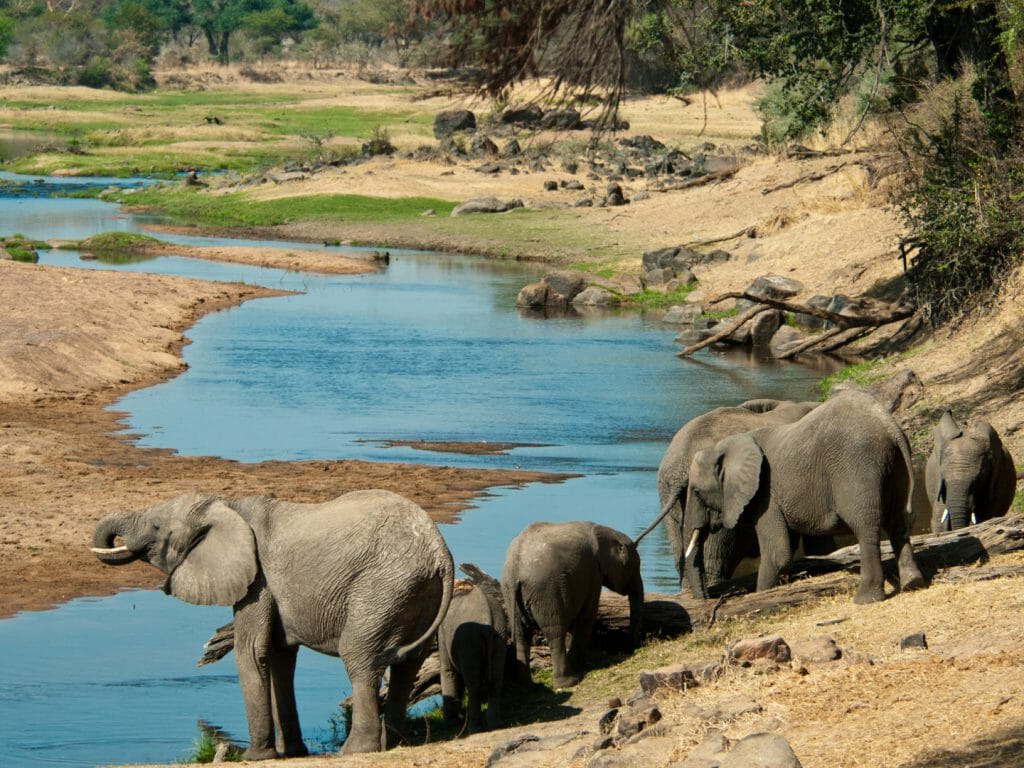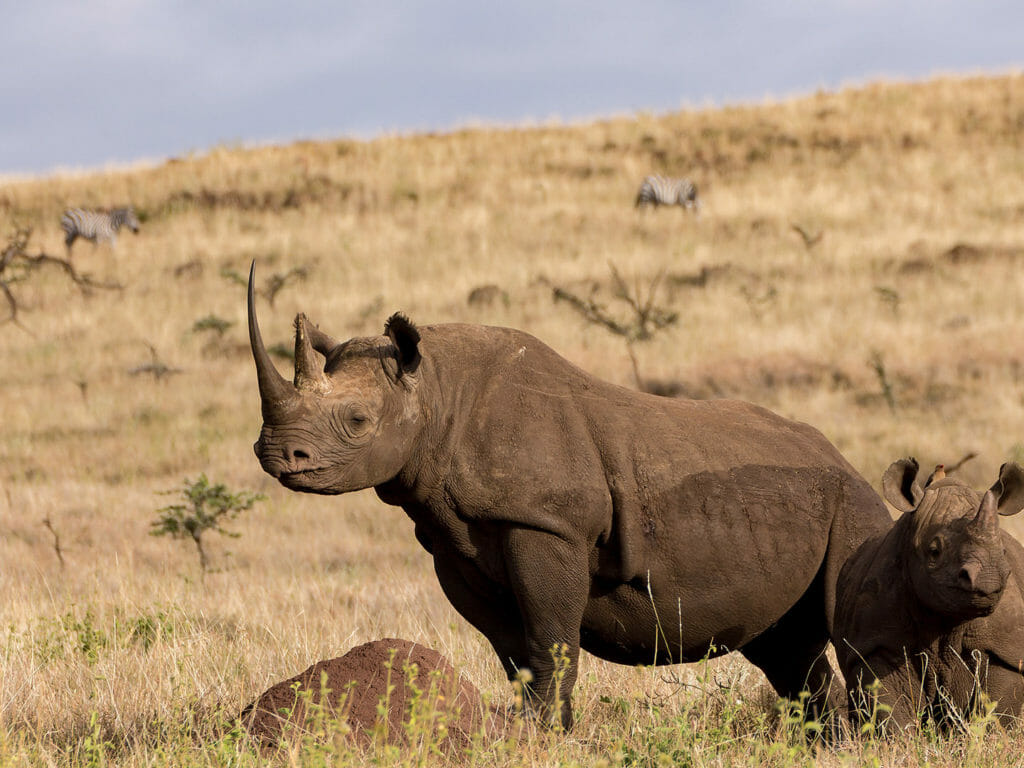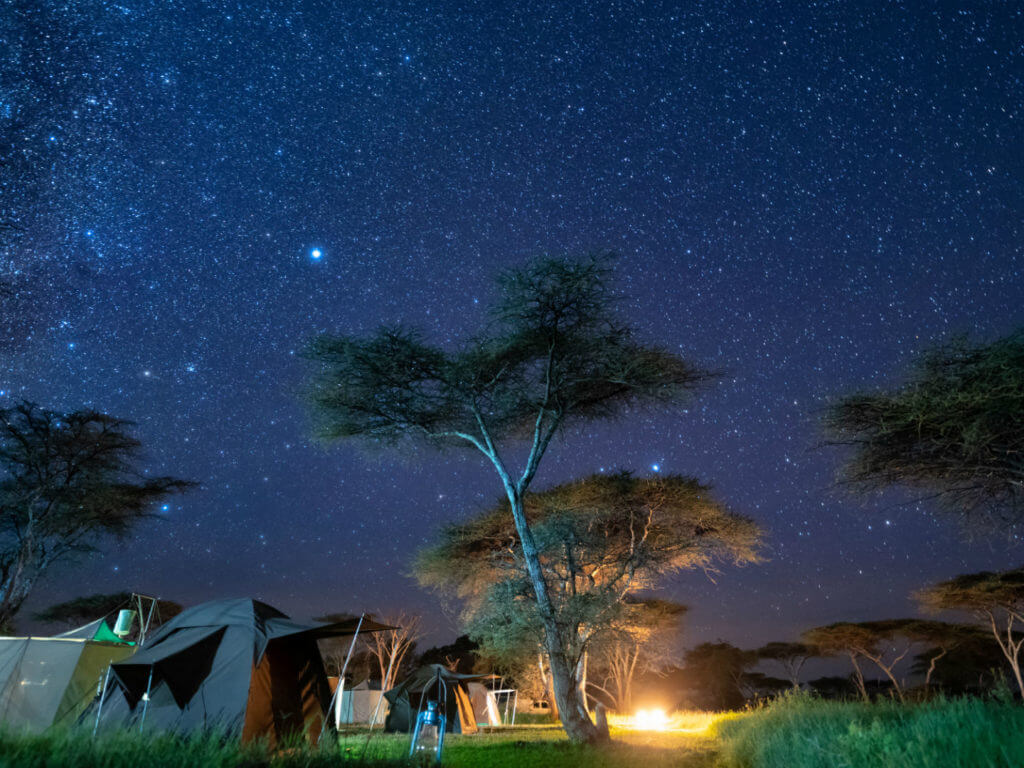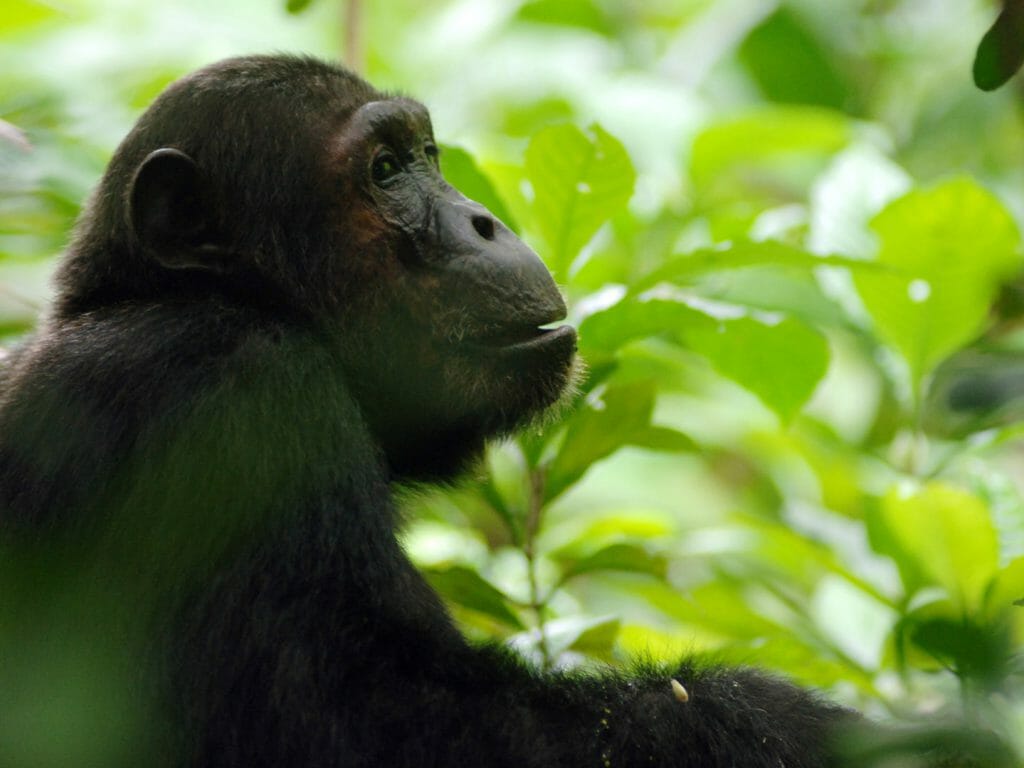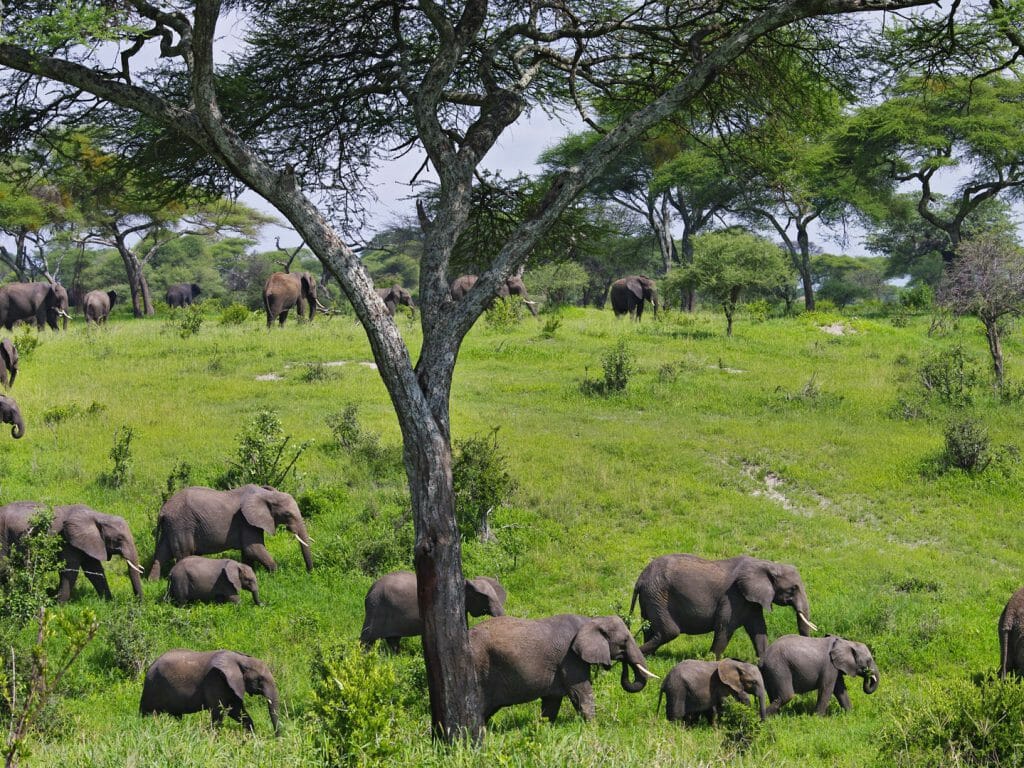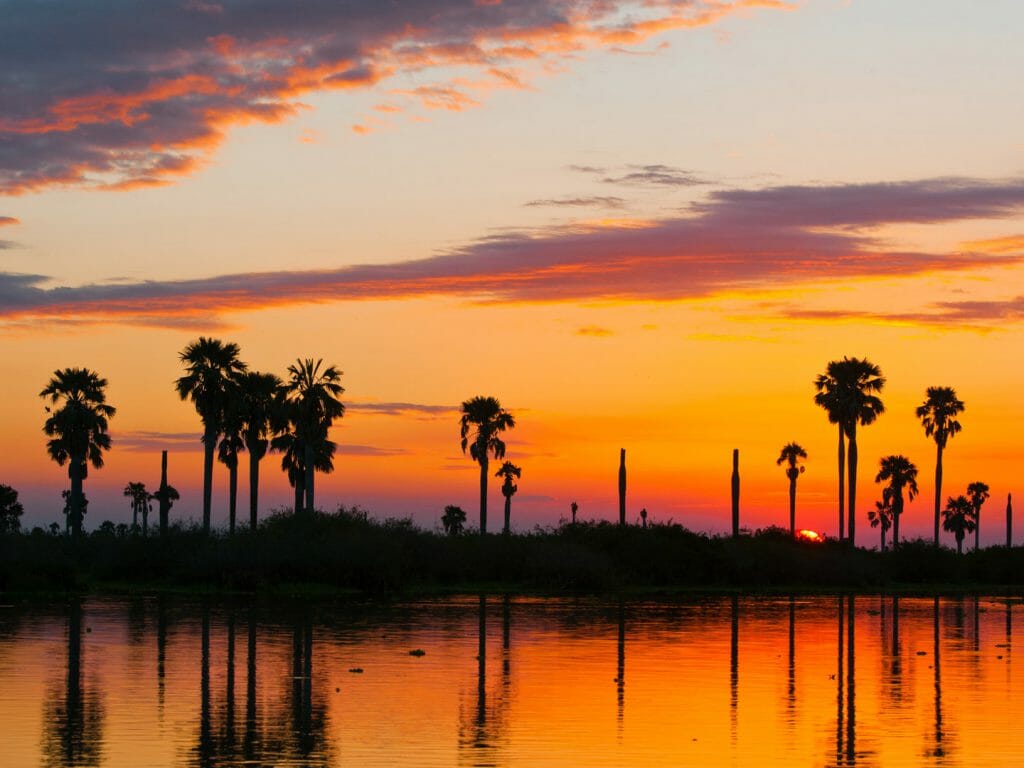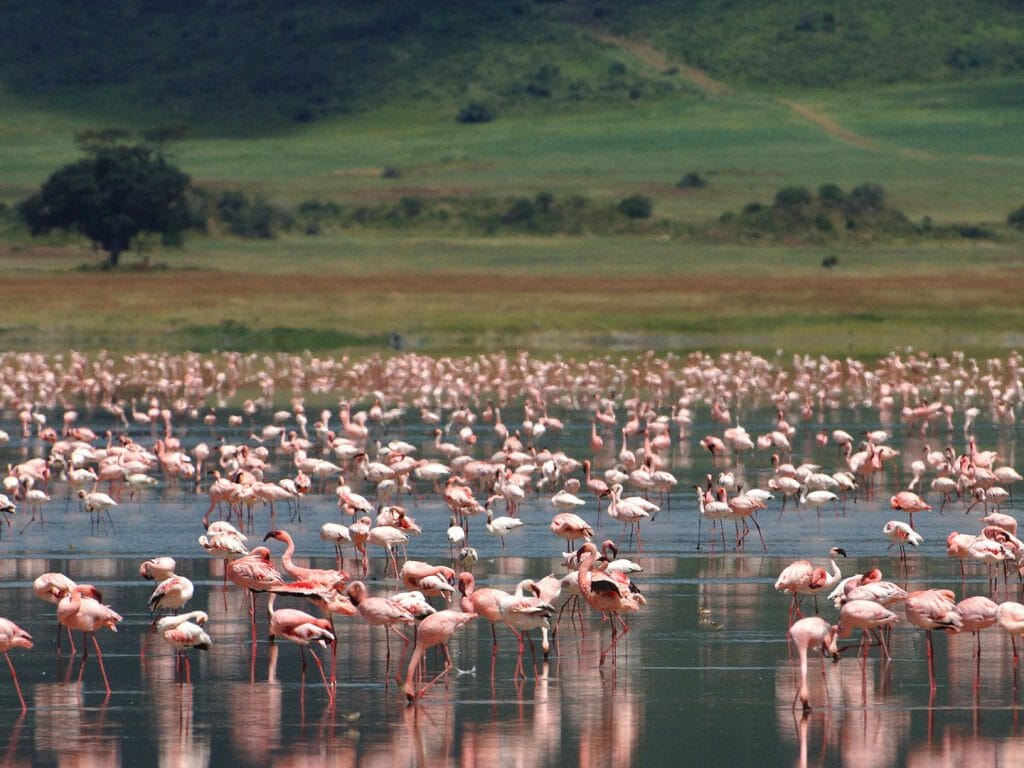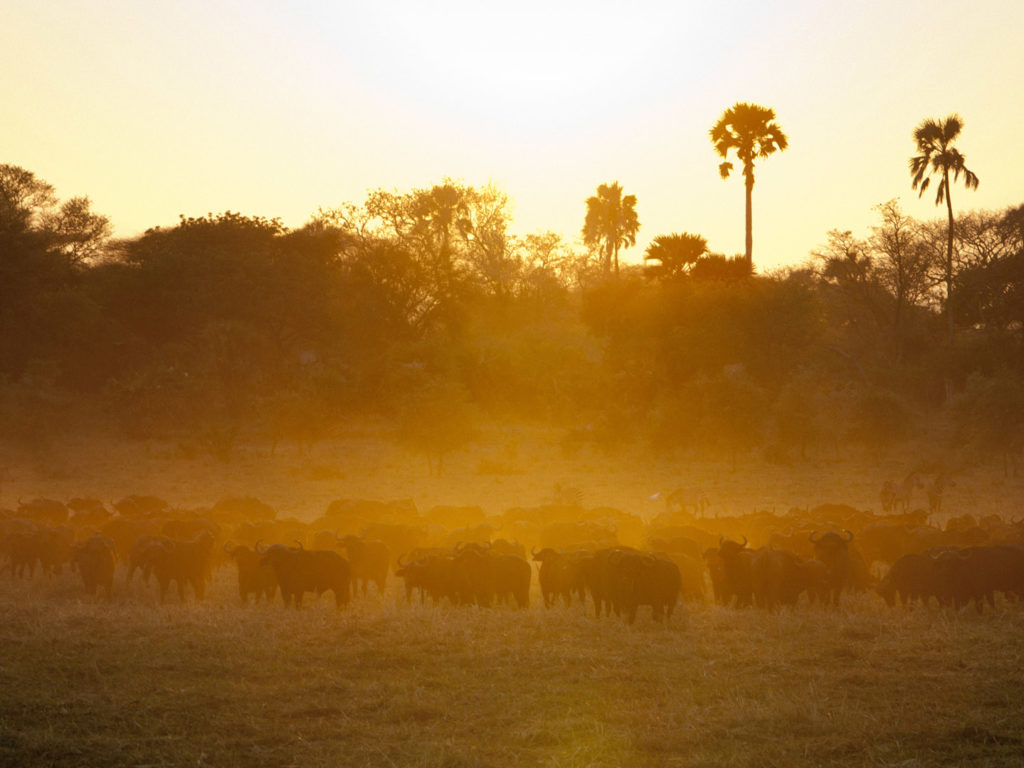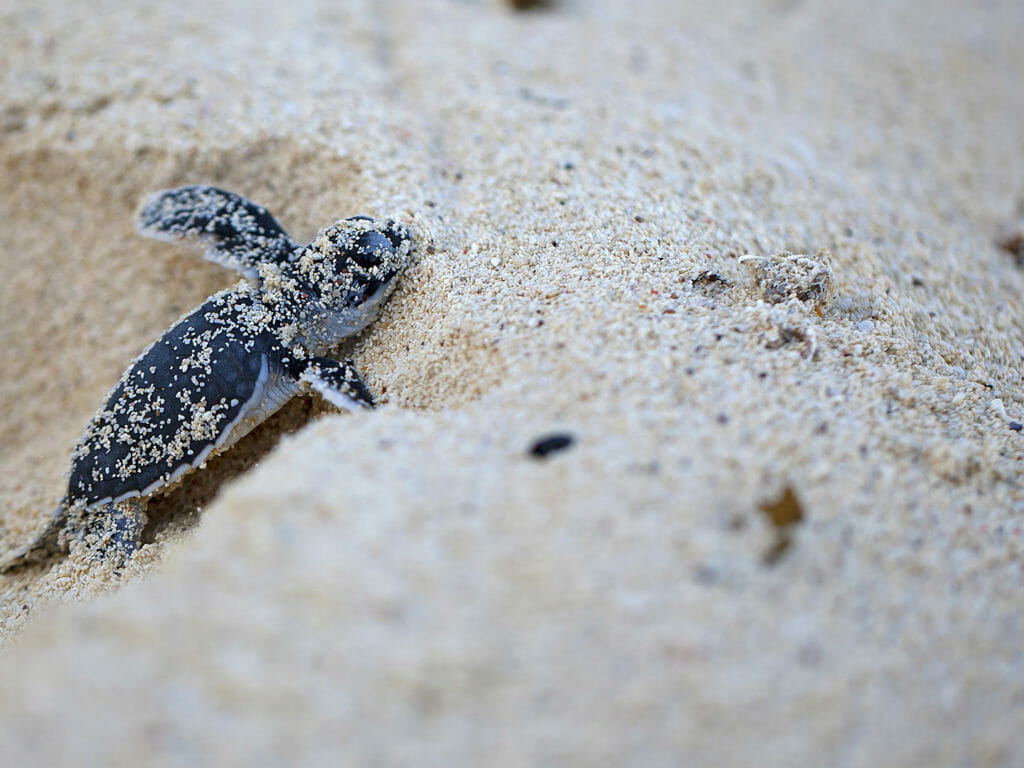For those who think that a safari is a safari is a safari, chances are they have not visited Ruaha. This vast untouched wilderness forms the core of a 150,000 sq km ecosystem, the second largest National Park in Africa and home to incredible wildlife and intrepid explorers.
The Udzungwa Mountain range effectively cuts this tract of wilderness off from casual tourists and marks the change in topography as you fly west to land into this high altitude arid landscape. The pilot and I were the only two on board and we were ahead of schedule having dropped other passengers in the Selous a couple of hours earlier. The giraffe loped off the airstrip as we came into land and we quickly slid back the windows to get a breeze through the cockpit.
The pilots here act as bush telegraph, so with a wad of letters and a brown paper parcel for the camp I climbed out of the cockpit and headed for the shade of an acacia. I had the feeling the pilot’s smile and wave goodbye through the window were more a good luck message than being just friendly. The Cessna took off, dipped his wings on a fly past and climbed into the white blue sky. A fly buzzed lazily past and the heat was magnified by the silence. A minute passed with surreal languidness. From deep in the distance came a gradual rumbling and soft clacking that slowly developed into the familiar noise of a Land Rover. The camp had seen the plane coming in early and sent a guide to meet me. This was to be the only vehicle I saw for the next few days. Our destination was the Mwagusi dry river – an area home to a huge population of lions that specialises in hunting giraffe, a land of massive Baobabs and untamed antelope.
You get the feeling this is how the wildlife would like to interact in the rest of Africa if only there were fewer humans. Ruaha feels remote, borne out of the silence and the lack of tourists. Here is a constantly moving panorama, small birds zip between the low bushes whilst overhead larger birds of prey circle on thermals. The big game is a huge draw here and the predators are voracious, feasting on the plains game which is understandably skittish. Home to a huge variety of antelope, oribi, eland, kudu and sable which you are unlikely to see elsewhere in East Africa, I was delighted to get close to an unsuspecting eland before the wind shifted, the big bull caught our scent and trotted surprisingly daintily into the miombo (woodlands).
Walking safaris here rival the household names of the Luangwa Valley safari circuit but the difference is that you won’t have heard of them. Fly camp, walk between escarpments and watersheds following ancient dry sand rivers and immerse yourself in this living diorama where wild dogs and sable antelope roam. As dusk falls the theatre comes to life, leopards saw and rasp in the gloaming and competing prides of lions vocalise their dissent. I feel very human, almost vulnerable. This is a place for proper safari-ists and proper guides – no armchair box-ticking parody of a safari you might encounter elsewhere.
Top tip: Watch out for the solifugae which glow under ultra-violet lights, the lyrate horns of the lesser kudu and brown parcels containing strawberry jam. Oh, and you need good boots because otherwise, the sand gets in your socks.


